Learn About The Sustainability of Lab Grown Diamonds
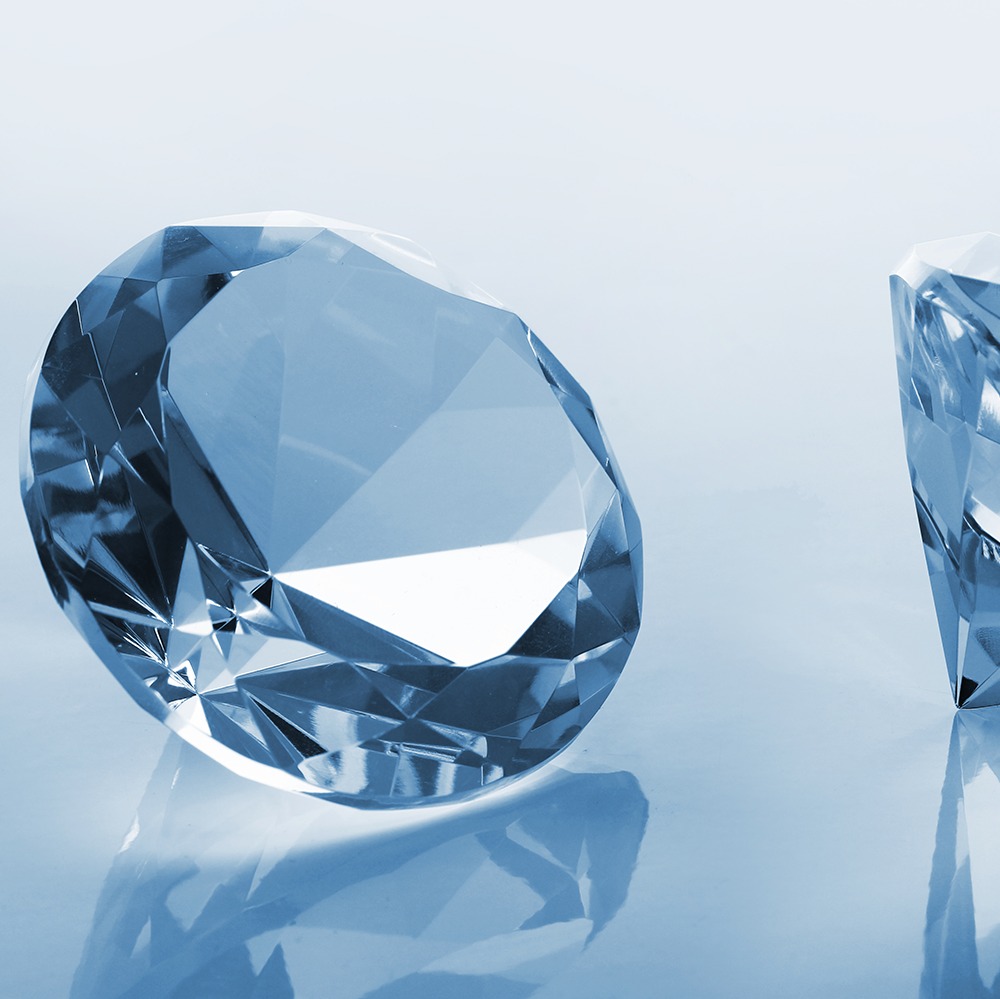
What exactly are Lab Grown Diamonds?
Lab-grown diamonds, to the naked eye, are no different than real diamonds; in fact, they are very similar down to the chemical composition, with only minor changes existing at the atomic level. So unless you are a diamond fanatic, save some bucks by opting for these comparatively cheaper and sustainable replacements.
Having taken the diamond industry by storm in recent years, these diamonds were first created in 1954 by General Electric. However, back then, they weren’t as close to naturally occurring diamonds as they are today. After numerous changes in processes and adequate research, they have risen as substitutes for the environmental practices of mining natural diamonds. These fascinating lab-grown diamonds are essentially natural diamonds but for their origin. Formed in the controlled environment of a lab, they are precisely what the name suggests, lab-grown or man-made. Check Fascinating Diamonds Knowledge center for more detail about lab-made diamonds.
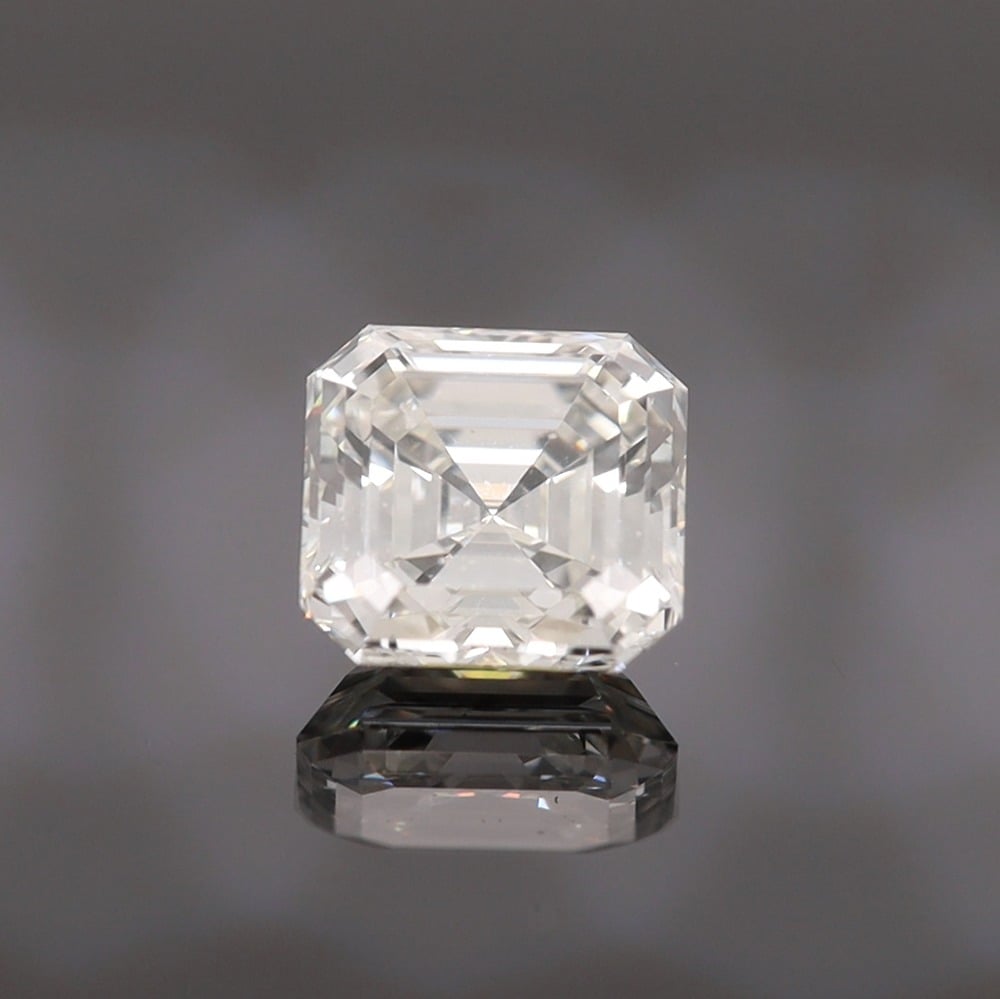
How are Lab Diamonds made?
Replicating the natural process of diamond formation in a lab is the key to growing these diamonds. Although there are two separate processes, both begin at the same stage, as a seed. The first process, CVD (chemical vapor deposition) involves placing the seed in a carbon gas-rich atmosphere with extremely high temperatures. The gas accumulates around the gem and eventually crystallizes into a diamond. The process takes a couple of months as against billions of years that diamonds take to occur naturally. The other process, HPHT (high-pressure high temperature), involves molten metal dissolving pure carbon under high temperature and pressure, which later sticks to the diamond seed. If you are a baker, think of this as baking sourdough from scratch, a starter.
Are Man-Made Diamonds better for the Environment?
Knowing these processes will make it easier to correlate the various steps to the facts that vouch for their environmental sustainability.
- Since these diamonds are grown in the lab, they eliminate the mining process, which is a leading factor in the concerns surrounding natural diamonds. Mining, which is often referred to as disastrous for the climate, results in the release of toxic gases into the atmosphere, and that’s beside the insane amounts of water the process of extraction requires.
- Mining is also notoriously known for contributing to the loss of natural habitat. Still, this factor doesn’t come into the equation with lab-grown diamonds, giving it the upper hand sustainability-wise.
- Another issue the diamond industry faces is the incredibly long supply chain, which results in an increased need for transportation, a leading contributor to the increase.
- Air pollution. As far as lab-grown diamonds are concerned, the supply chain is significantly shorter, reducing costs and pollution significantly.
- To add to the sustainability factor, lab grown diamonds are as durable as natural diamonds since they are equally difficult to chip and similar in quality. This durability garners for equal amounts of wear and tear in both cases, and unlike cheap substitutes, there is no compromise in quality.
- The primary resource that goes into the making of lab-grown diamonds is energy, often supplied through renewable sources, with minimal environmental effects.
Source - Fascinating Diamonds
Are Lab Grown Diamonds, Real Diamonds?
Although the change in origin has made people question their (lab-grown diamonds) authenticity, and to debunk this prevailing myth raising suspicions regarding the quality of these diamonds, Stephen Morisseau, a spokesman for the Gemological Institute of America confirmed that lab-grown diamonds aren’t fake but as the name suggests, made in a lab.
Fascinating Diamonds- experts in the field of lab-grown diamonds say, “The only way for jewelers to differentiate between their lab-grown diamonds and natural diamonds is by examining the laser inscription on the girdle of the diamond, that too under a magnifier.”
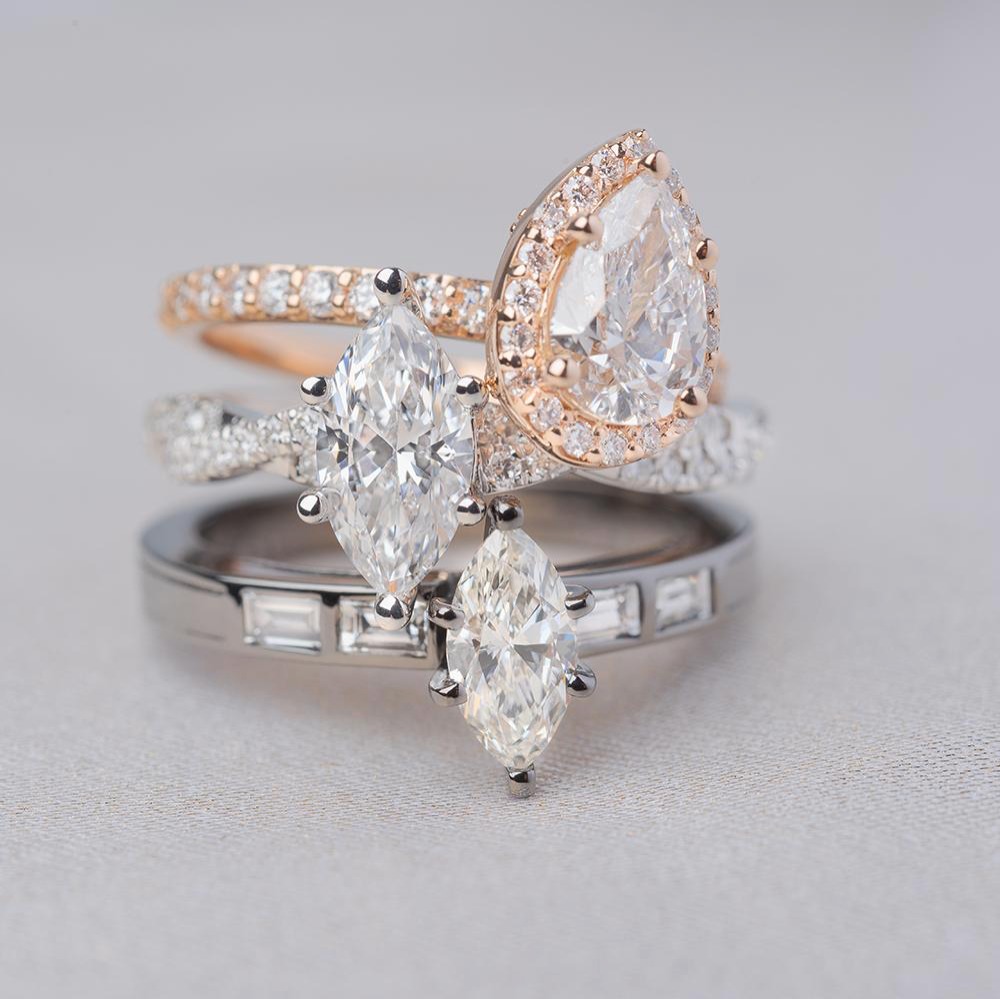
If you still have doubts, here’s a statement from an expert commenting on the customer acceptability and trust in lab-grown diamonds. During an interview with CNN, Edahn Golan, an independent diamond industry analyst, stated that consumers have already started accepting these diamonds. To confirm the diamond industry’s fears of lab-grown diamonds taking over the market from natural ones, he said, “It’s happening.” To vouch for his claims, he presented statistics, proving that the demand for engagement rings with lab-grown diamonds increased about 63% as against the previous year, and that of rings with natural diamonds fell nearly 25%.
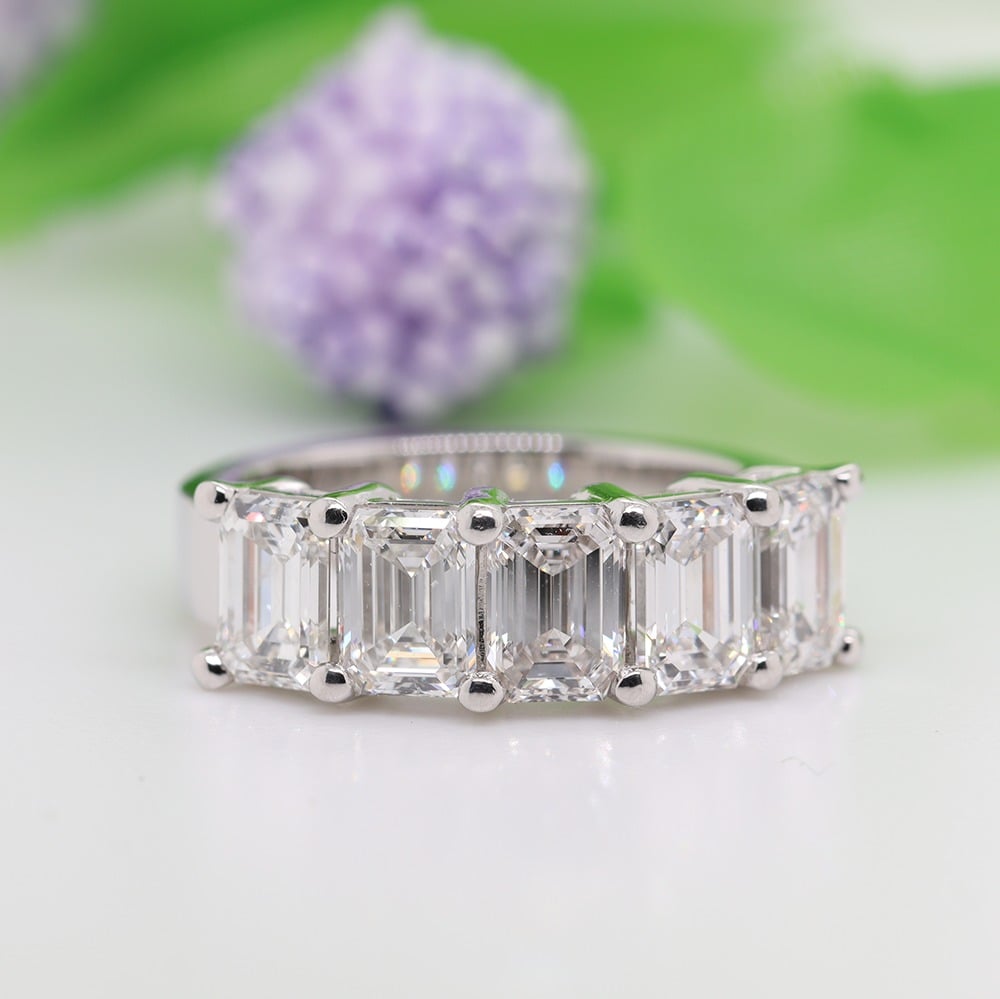
Are Man-Made Diamonds Economical?
Lab-grown diamonds have since become increasingly popular due to their economic sustainability.
Diamonds from the beginning, have been a luxury commodity sported only by the wealthy. But since this wave of lab-grown diamonds has washed over the industry, lowering costs while maintaining quality, a different outlook has made it to the market. Popularising the idea that diamonds are for everyone, these lab-grown diamonds are making their way into every home. When first introduced, these fascinating lab-grown diamonds were about 20% cheaper than mined diamonds, and over the years, their prices have dropped to about half of their mined counterparts.
From an economic point of view, this changes the entire diamond industry. Let’s get to the basics. The laws of demand and supply state that the price increases as the demand increases against a finite supply. This was true in the case of mined diamonds since their supply is limited, but lab-grown diamonds have an infinite supply which leads to a lesser resale value given that they aren’t as heavy on the pocket. It only makes sense. These diamonds cater to a different audience, forming a larger portion of the population; thus, they are here to stay.
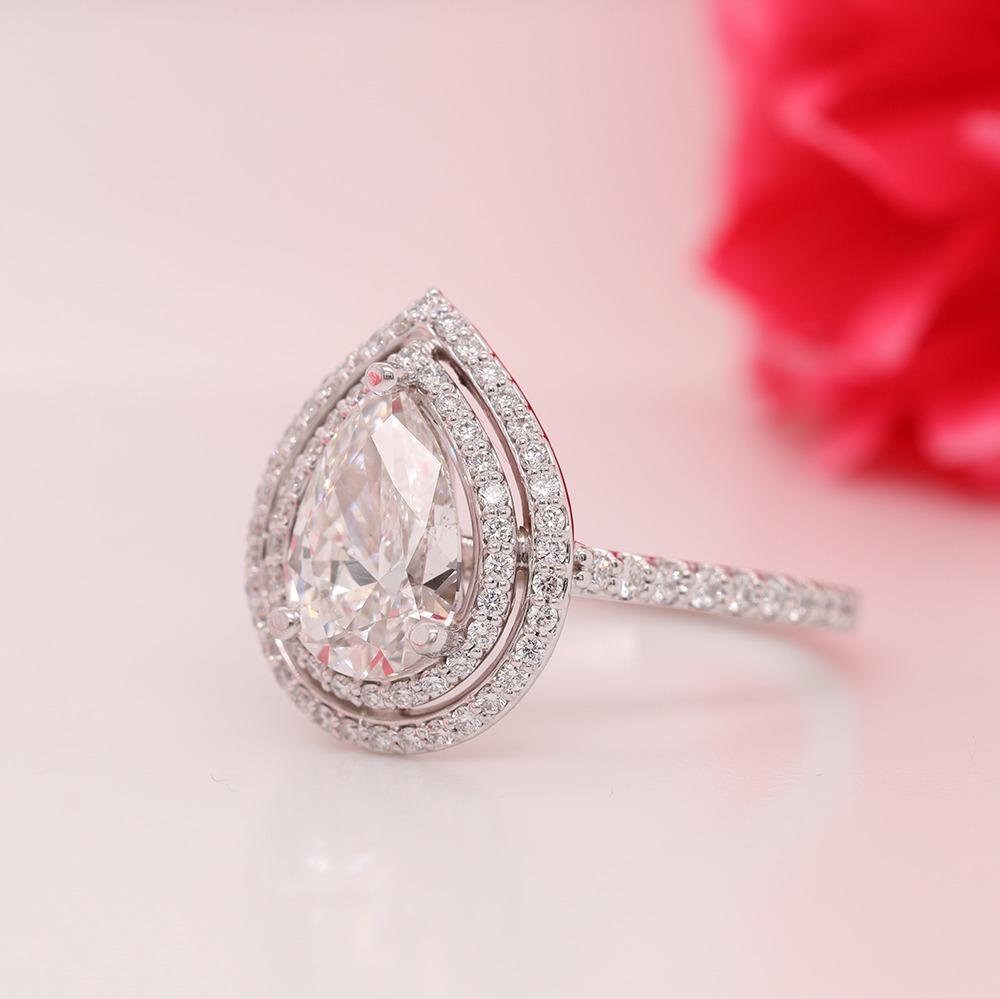
Lab-grown diamonds rely heavily on environmentally and ethically conscious consumers who are concerned about their carbon footprint and are aware of the unethical practices of the mined diamond industry. Thus, the market for lab grown diamonds is ever-growing. In 2020 alone the market size was valued at $19.3 billion which is expected to grow at a CAGR of 9.4% from 2021 to 2030. The US makes up the majority of the lab-grown market globally, and as estimated by Golan, lab-grown diamonds were a $3.9 billion business in the U.S. in 2021.
Eco-friendly and ethical in nature, these fascinating diamonds are the obvious and only true successors to naturally occurring diamonds.
And with changing trends resulting from environmentally conscious buyers, lab-grown diamonds are a perfect stop during your next diamond shopping venture. Visit websites such as Fascinating Diamonds to browse through the finest and trendiest jewelry pieces in the market right now!